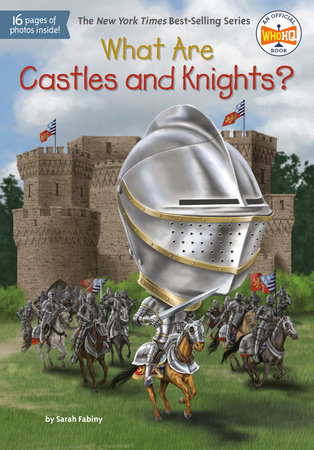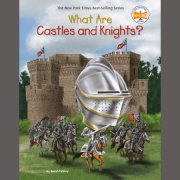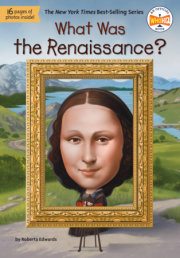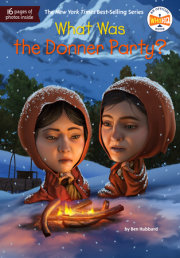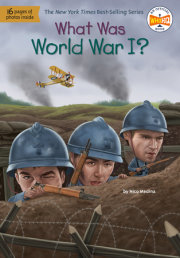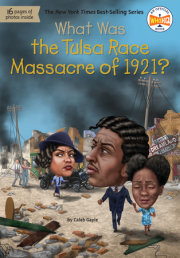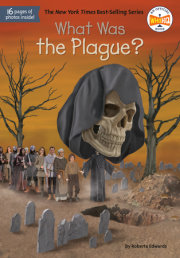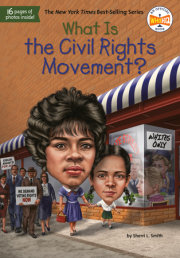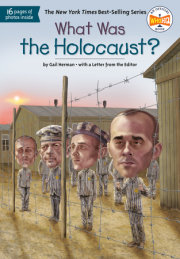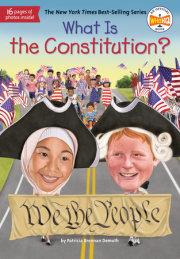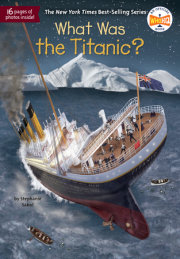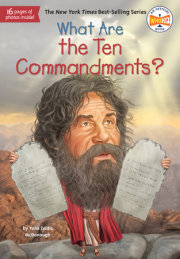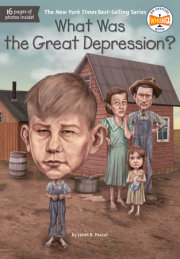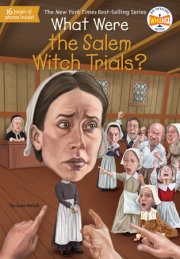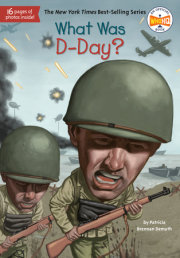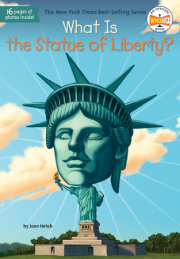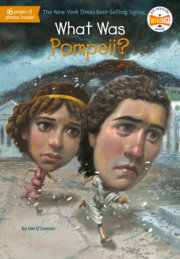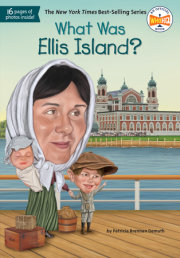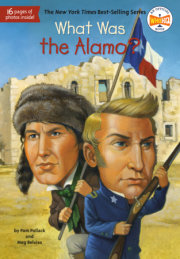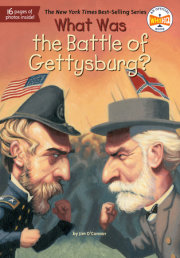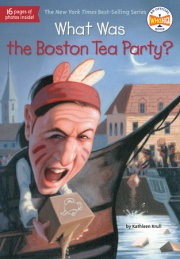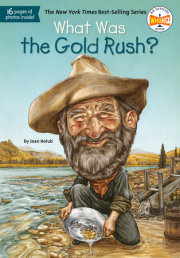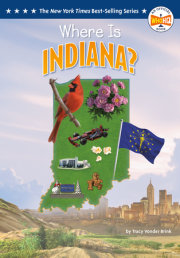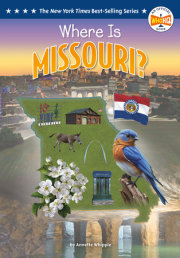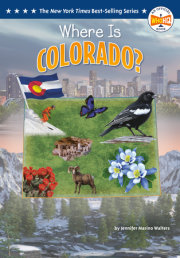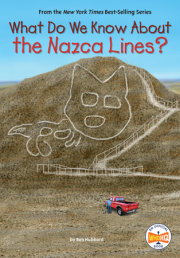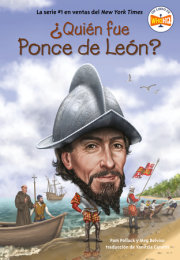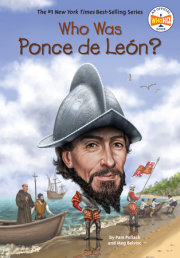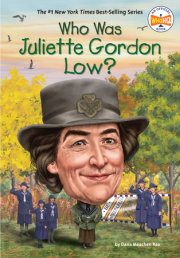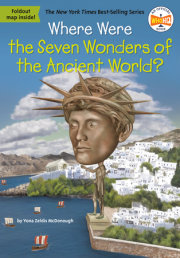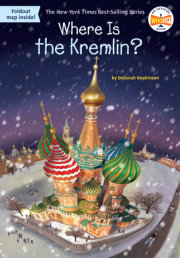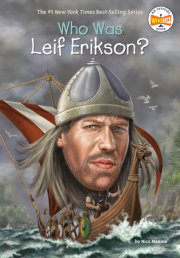What Are Castles and Knights? Stirling Castle in Scotland was built on high rocks and had thick walls. It was supposed to withstand an attack from any enemy army. But King Edward I of England had other ideas, and he was not going to let high rocks and thick walls stop him from taking the castle. Edward and his army had been fighting the Scots for years in the Scottish Wars of Independence. Stirling Castle was one of the few castles left in Scottish control, and Edward was determined to seize it.
In April 1304, Edward had a message delivered to the castle. The message said that an army of more than 1,500 soldiers and knights was on its way to attack. The castle was under the control of Sir William Oliphant, and he had only about twenty--five men there with him. However, they had expected an attack and were prepared. They had stocked the caves under the castle with salted meat and fish, dried fruit, and sacks of flour and grain. There was also a well beneath the castle that would provide fresh water. Up on the high walls of the castle, the defenders got ready for the siege. They armed themselves with bows and arrows and crossbows.
The English army brought thirteen trebuchets (a type of catapult that uses gravity and a counterweight). They hoped these weapons would smash the thick walls of Stirling Castle. The army fired rocks and fireballs at the castle day and night. Against all odds, Stirling Castle held out through the siege. However, after four months, the defenders’ supplies were running low, and they were exhausted by the nonstop attacks. But William Oliphant and his men were not willing to admit defeat.
Little did William Oliphant and his men know that the worst was yet to come! The English army had built the biggest trebuchet the world had ever seen. It was called the Warwolf. This giant weapon, which could fling a rock weighing three hundred pounds, soon destroyed one of the castle walls. Sir William knew that the castle was no match for this fearsome weapon, and he and his men would have to surrender.
King Edward I agreed to let Sir William and his men surrender, but he also wanted to humiliate them. He ordered all the defenders to march out of the castle barefoot and with ashes on their faces. They were sent to England as prisoners, and Sir William Oliphant was locked up in the Tower of London.
We usually think of castles as places where life was carefree, with kings and queens and royalty feasting and knights in armor practicing sword fighting. While those things did happen, life in the High Middle Ages was pretty hard. People feared attacks from neighboring kingdoms, and they wanted to be safe. The strong, sturdy structure of a castle protected them from enemies, and brave, skilled knights went to battle to guarantee this protection.
Chapter 1: Loyalty and Protection In the period we call the Middle Ages—-a period from about AD 500 to 1500—-there were no nations in Europe. Countries such as France, Spain, Germany, and Italy didn’t exist yet. Instead, powerful lords ruled over this territory. These lords each had their own land (their domain), and at the center of each domain was a castle. Lords were often at war with one another. They attacked rivals, hoping to take over the land, the castle, and everything in it.
To fight against enemies, every lord supported a group of knights. Knights were soldiers who went to battle on horseback. No one without a horse could become a knight.
Although they weren’t paid, the knights got to live at the lord’s castle for free. Food and clothing were free, too. Horses were very expensive; sometimes a lord had to buy a horse for a poorer knight. Knights fought in protective gear called armor. A suit of armor cost a lot to make. Often the lord had to pay for knights’ armor as well. Knights, along with foot soldiers and archers (people who fight with bows and arrows), helped defend the lord’s castle against attacks. Or, if the lord wanted, they went on attack, hoping to seize another lord’s castle and land.
Who farmed all the lord’s land?
That job fell to peasants called serfs, who lived outside the castle on the lord’s estate. Peasants also looked after the lord’s herds of animals. Peasants received no pay, but they were given a place to live and could keep part of the crops to feed their families.
In return for everybody’s service—-soldiers as well as peasants—-the lord provided protection. This system was known as feudalism. In Western Europe, feudalism lasted for hundreds of years. It reached its height between the 1000s and 1300s, a period often called the High Middle Ages.
As time went on, neighboring lords banded together for mutual protection. The richest and most powerful lord in the group—-usually the one with the most knights—-became king. The other lords pledged loyalty to the king, and he provided them with safety and security. However, fighting still continued among these larger groups.
Eventually the various kings banded together or were conquered by their enemies until a very large area had just one king. This was the beginning of countries, as well as large--scale wars among countries.
Copyright © 2022 by Penguin Random House LLC.. All rights reserved. No part of this excerpt may be reproduced or reprinted without permission in writing from the publisher.

